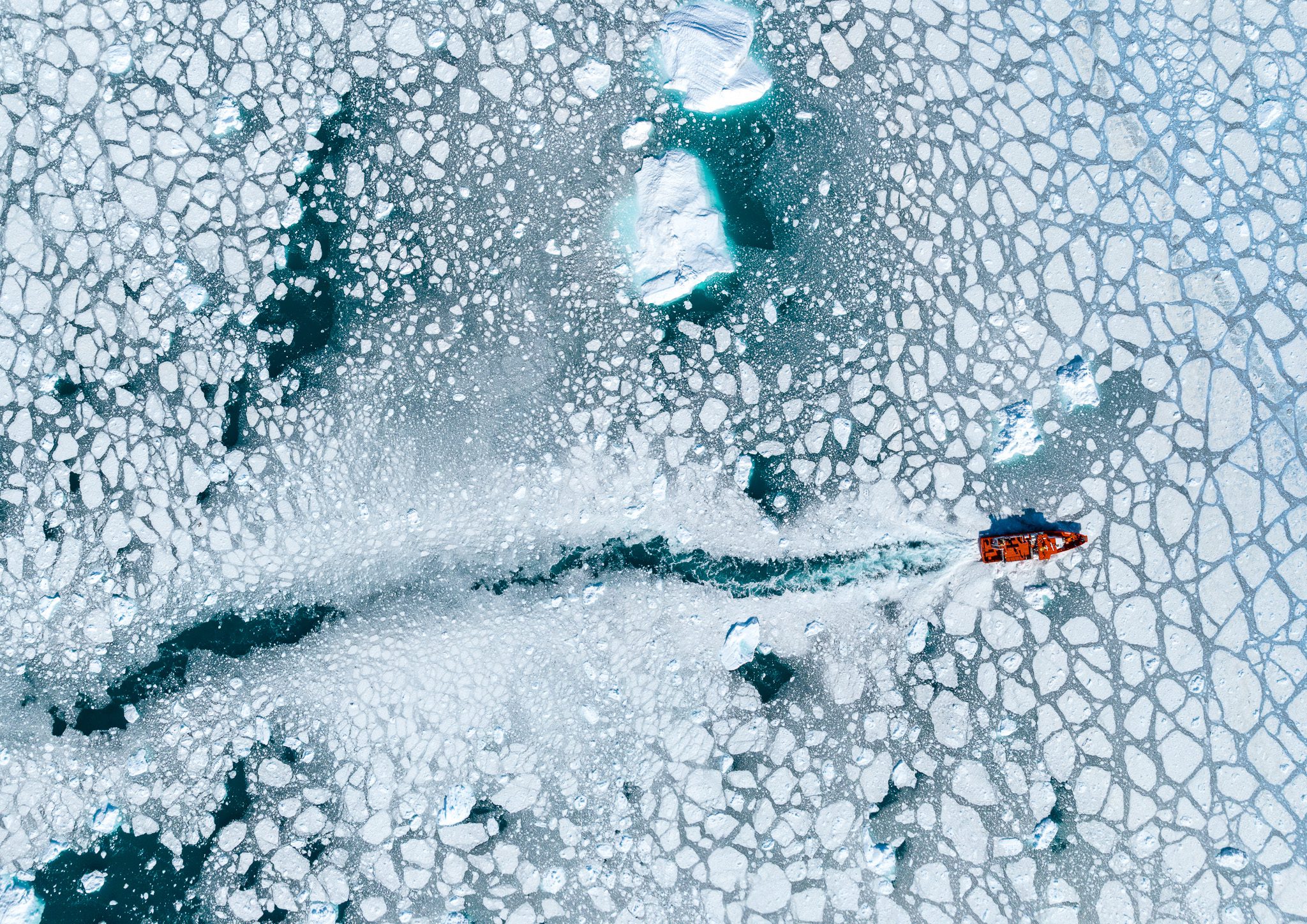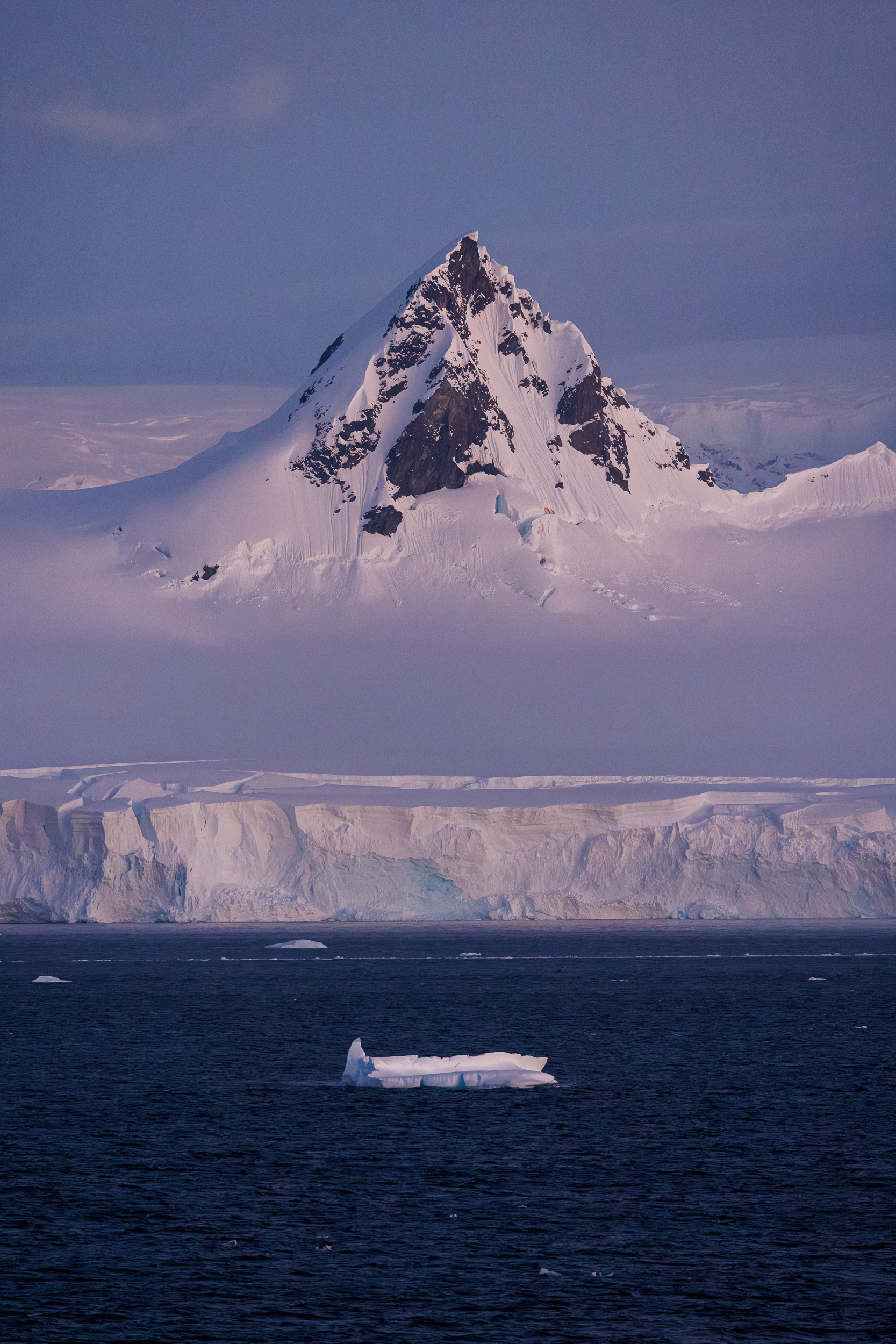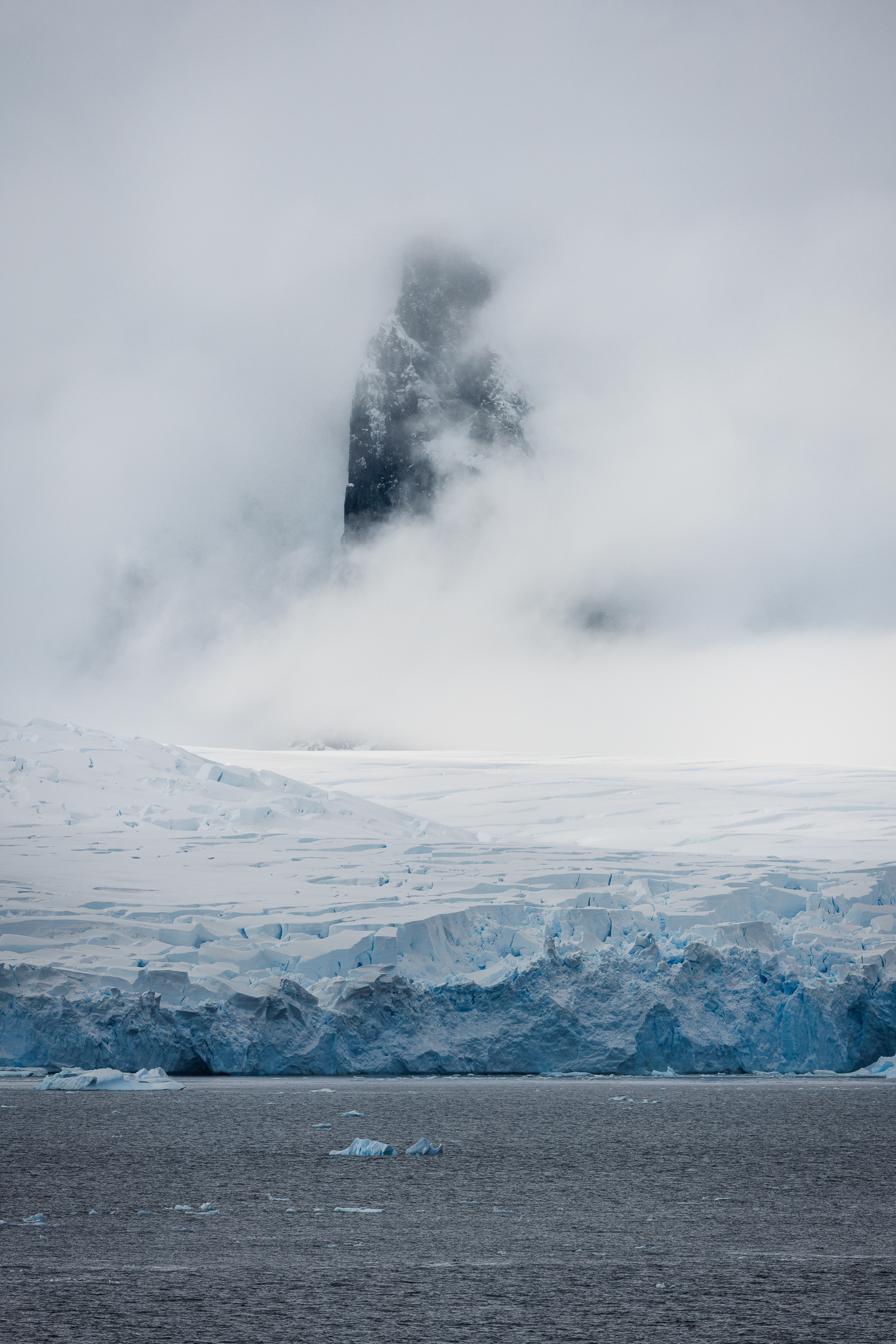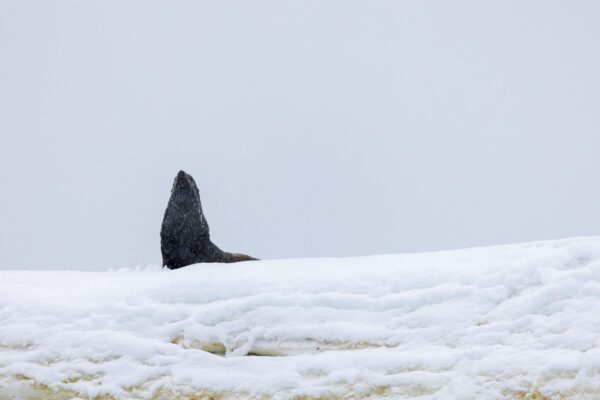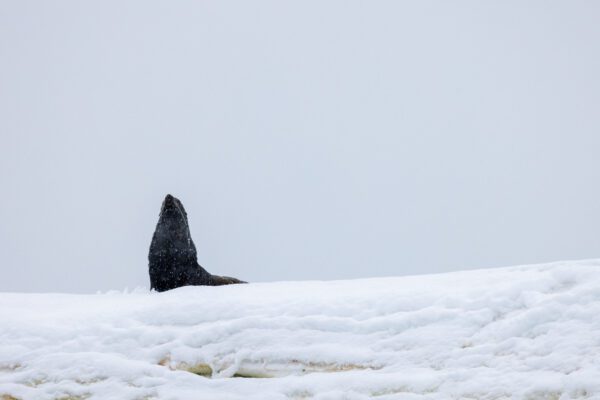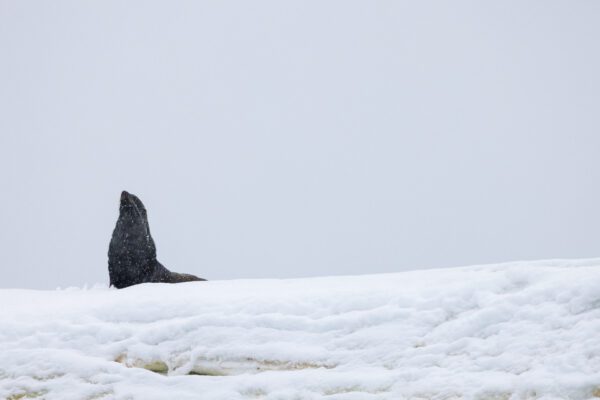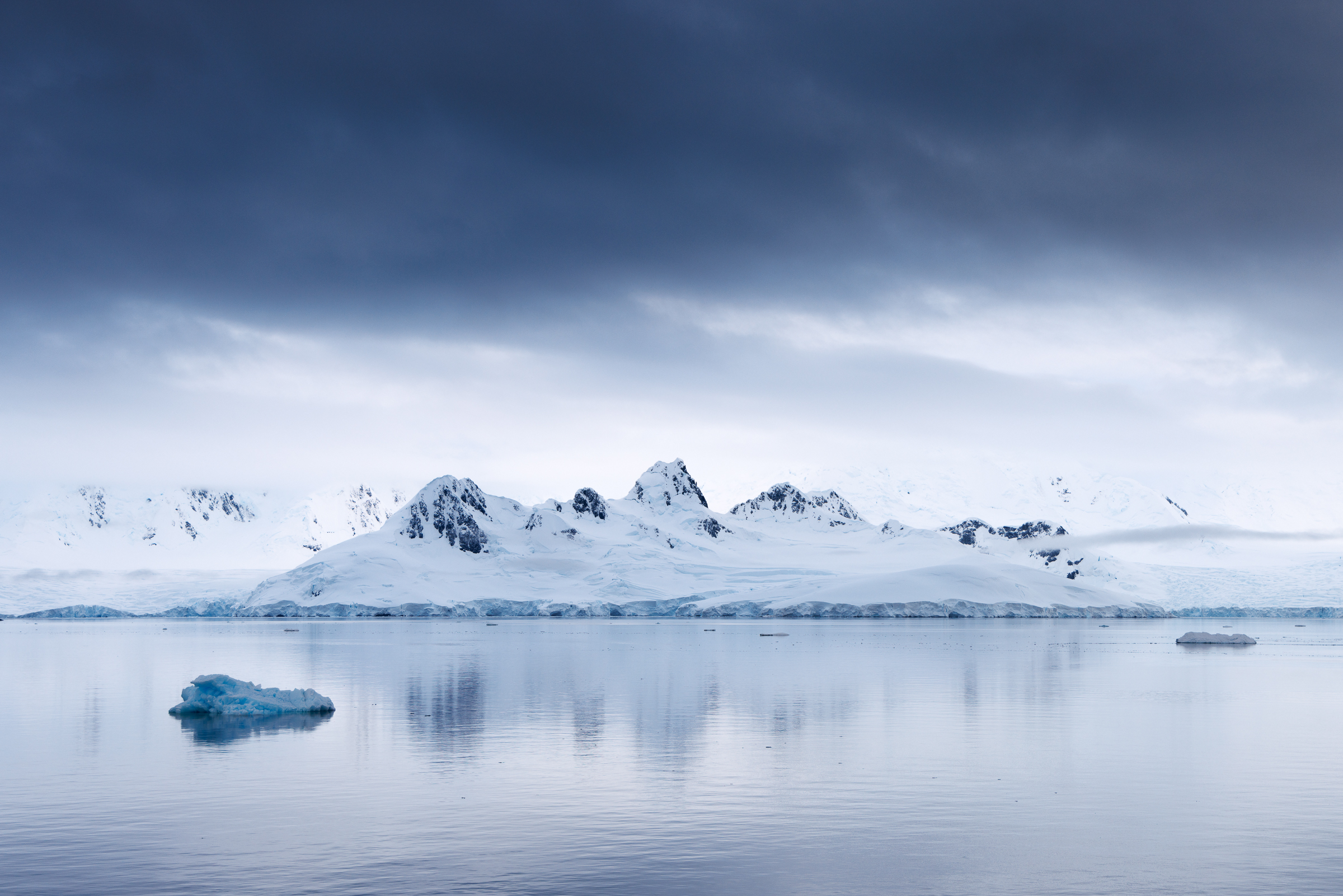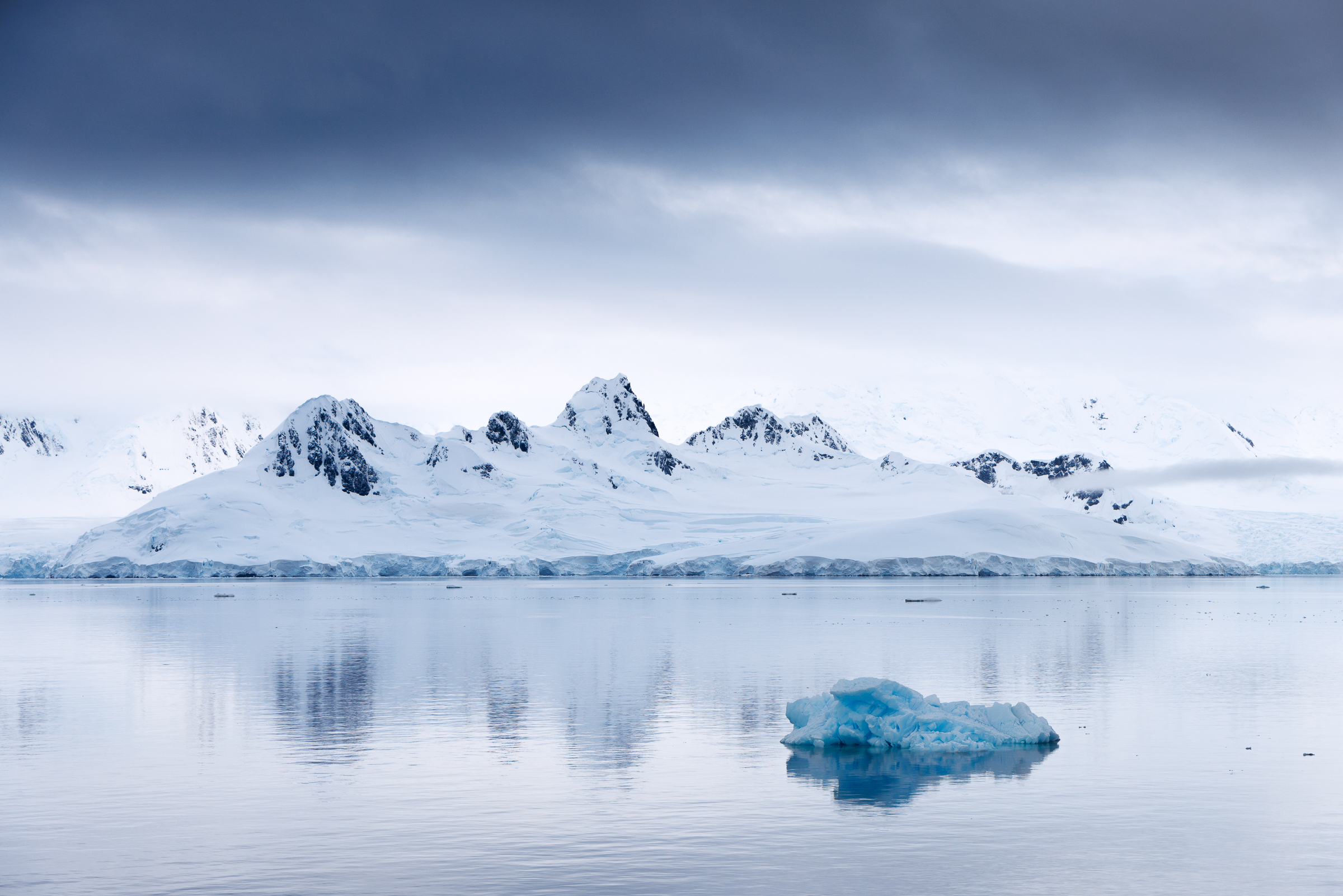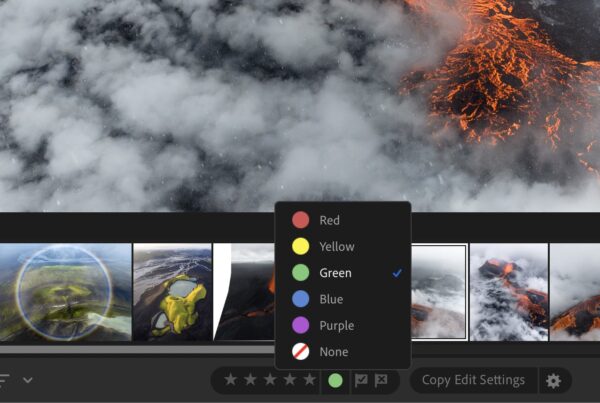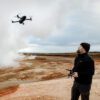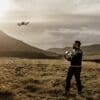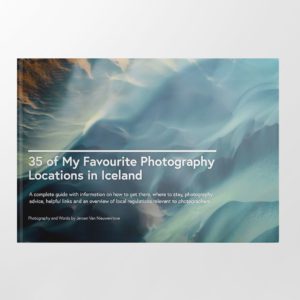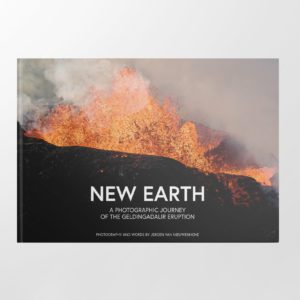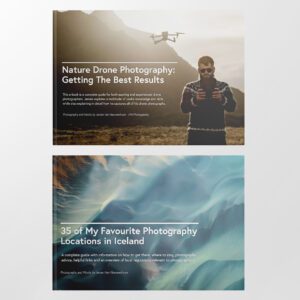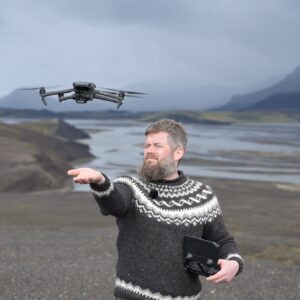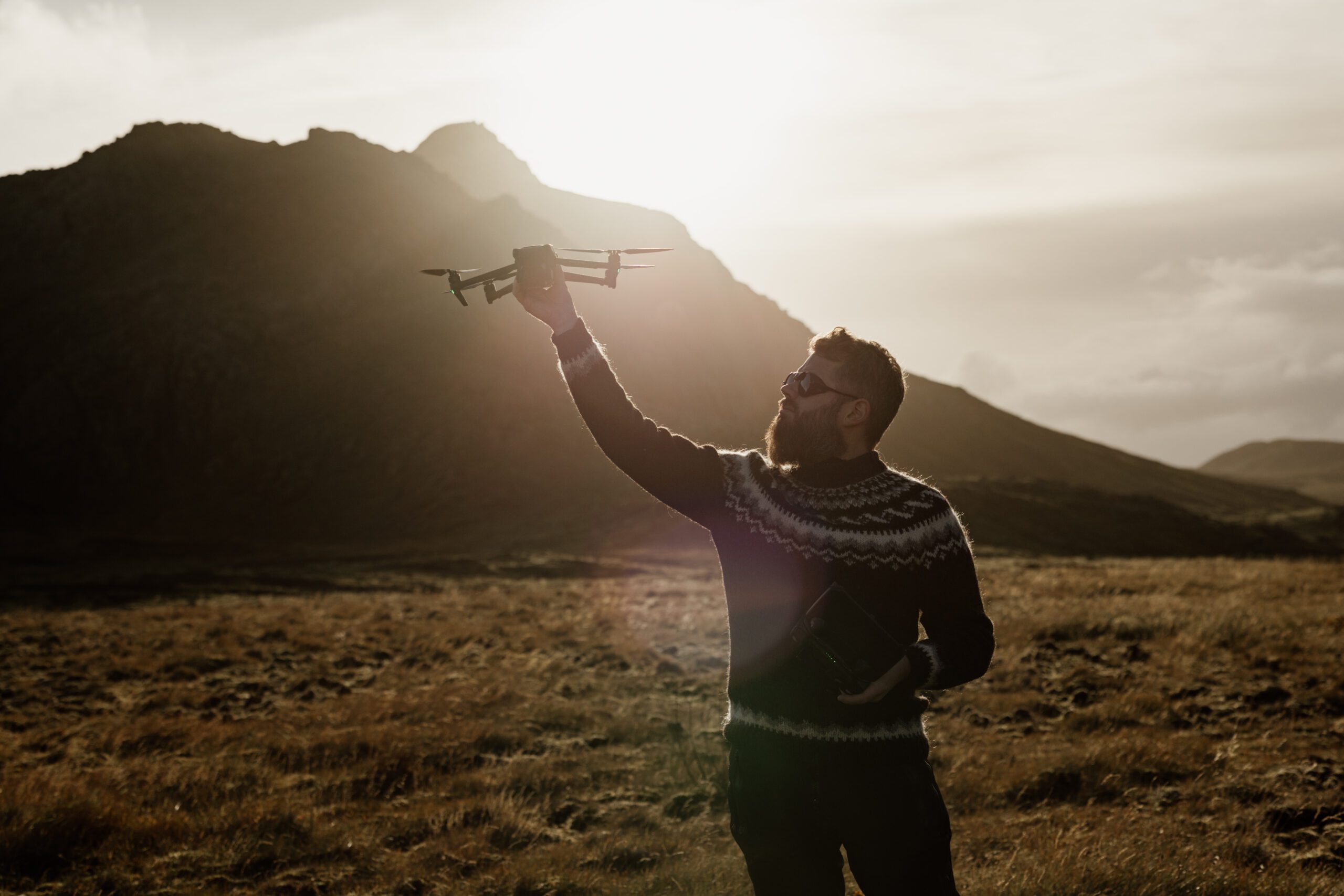In the last few years, I have travelled to several remote destinations where photography from a boat or a ship is a large part of the trip. In some of these areas, such as Svalbard, Antarctica & Greenland, travelling on the ocean is often the only way to get around, and definitely the only way to get the best shots. Throughout these maritime travels, I have learned a fair few things on how to get the best & sharpest images and maintain a high ‘keeper rate’, even though you are on a moving boat or ship. In this article, I share seven of the most important pieces of advice in getting the most out of your next excursion on the ocean.
Tip: Complementing this blog, I have also written a blog on the use of Custom Modes on your camera and how that can benefit you when photographing from a boat or ship.

During many of my photo workshops in the last few years, the focus has been on photographing from a boat or ship. Whether it’s Antarctica, Greenland or Svalbard, the principals of photographing from a moving vessel are the same.
1. Always Maintain A High Shutter Speed (Even At The Expense Of ISO)
When you’re photographing from a boat, there are a lot of moving parts to take into account: the boat itself, the ocean you are on, the movement of the lens and, in some cases, even the subject will be moving. To compensate for that movement, you should always photograph with a high shutter speed, which may be unusual for landscape photographers who are used to photographing with a tripod.
While it’s difficult to talk about settings without knowing the exact situation, I tend to always shoot with a minimum shutter speed of 1/1000 (faster is even better) combined with the largest aperture your lens is capable of. My ISO is set to automatic with a maximum ISO of 12800. Again, for traditional landscape photographers this may seem very high but with modern noise reduction technology (such as Adobe Lightroom now has), this isn’t really an issue as long as your photo is well-exposed.
2. Always Photograph In Burst Mode
Another unusual way of photographing for most landscape photographers is that, while being on a boat, I always shoot in burst mode. By ‘burst mode’, I mean photographing continuously at the highest possible frame rate your camera supports by keeping the shutter button pressed. The primary reason for using this method is that you give yourself some wiggle room in case of unintentional movement due to the waves, or even shocks of the boat crashing into waves, causes you problems. Such movement can mean that your photographs, for example, don’t have a levelled horizon or unintentionally incorrectly framed the subject as intended. By shooting in burst mode, you give yourself more options to shoot from sp cropping and levelling the horizon minimally affects image resolution. Additionally, to help you negate unwanted movement, it’s vital to also make sure you have enabled image stabilisation on both the lens and the camera body if available.
All these photographs were taken within milliseconds of each other. Due to the movement of the zodiac I was on, it was extremely difficult to keep the fur seal framed in the right way when using my telephoto lens. By shooting in burst mode, you give yourself many options to choose from afterwards.
3. Photograph The Same Composition Multiple Times
Because everything is happening and changing fast, it’s still wise to capture different versions of the same composition – even when using burst mode. As the boat is moving, your composition will be changing. It’s almost as if you are on a theme park ride, with little to no control over how your perspective will change. The best approach while being on a boat is therefore to shoot a lot & considerably more than you normally would. That way you create slight variations allowing you to carefully select which final version you enjoy best.
4. Reduce Vibrations & Take Off The Lens Hood
Another way to negate unintentional movement is by taking off the lens hood. Especially on telephoto lenses, lens hoods can be very large, which can be very problematic in windy places such as out on the ocean. Telephoto lens hoods are generally so large that they easily catch a lot of wind. This can cause a lot of unintentional vibrations and movements. The same problem applies to other items that may be attached to your camera and could possibly act as a windscreen, such as camera straps.
However, treat this with a grain of salt. If you photograph at sufficiently high shutter speeds, or it’s not that windy, this still shouldn’t be a problem at all.
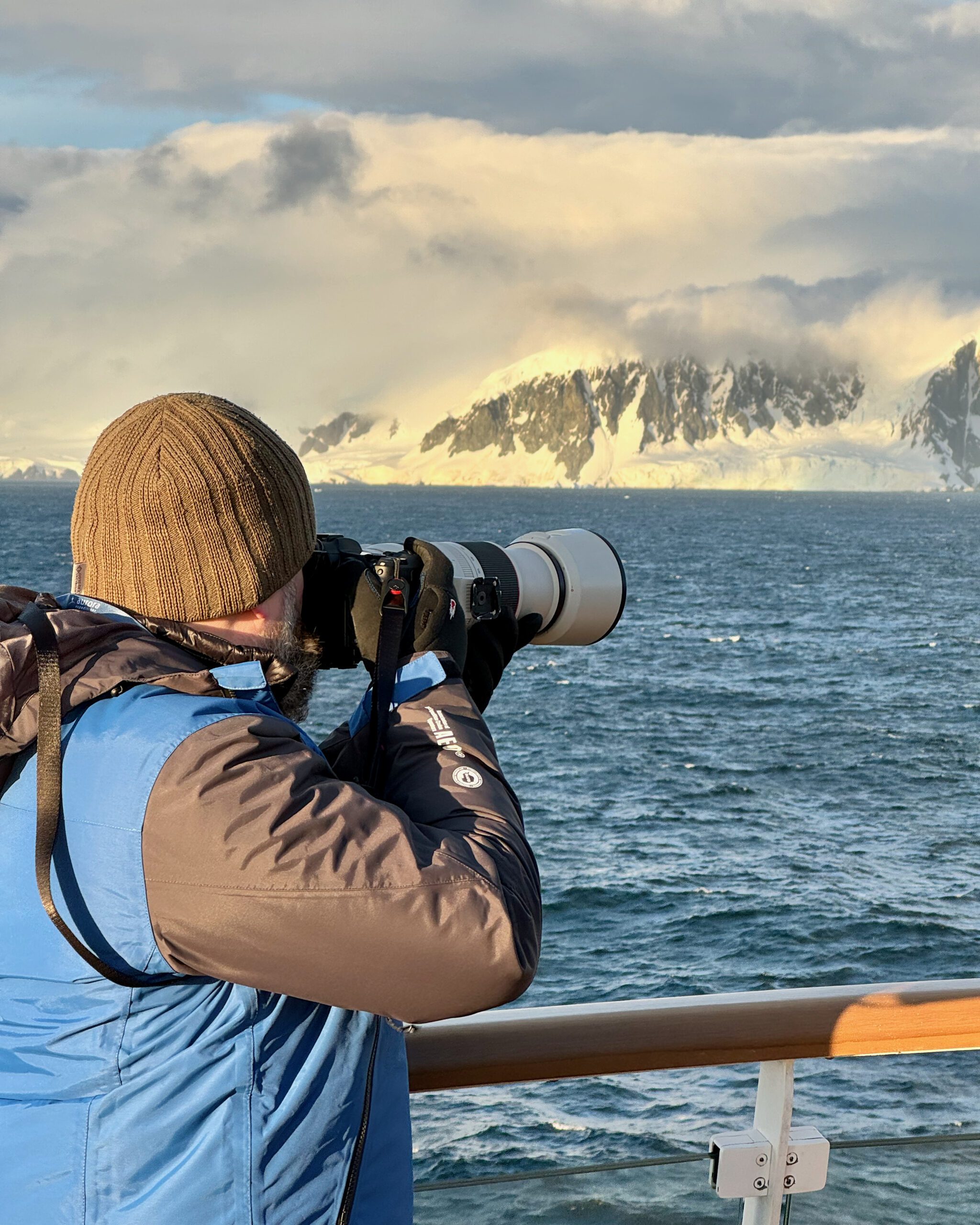
Using a lens hood may protect your lens from spray, snow, indirect sunlight and many other things but if it’s windy, it could cause real issues.
5. Try To Anticipate What Will Move Into The Frame
Within any form of nature photography, observation is a vital part of getting the best results. This is especially true when you’re on a moving boat. By observing how your perspective will change while the boat is moving, you can try to anticipate compelling compositions. This could be a combination of an interesting foreground element that could add an extra touch to a stunning landscape. It could also be how a foreground element changes location relative to the background. It’s therefore important to observe what possible elements are in front of the ship and how they will move into your possible composition. Because it’s difficult to explain this with words alone, I want to share a few examples.
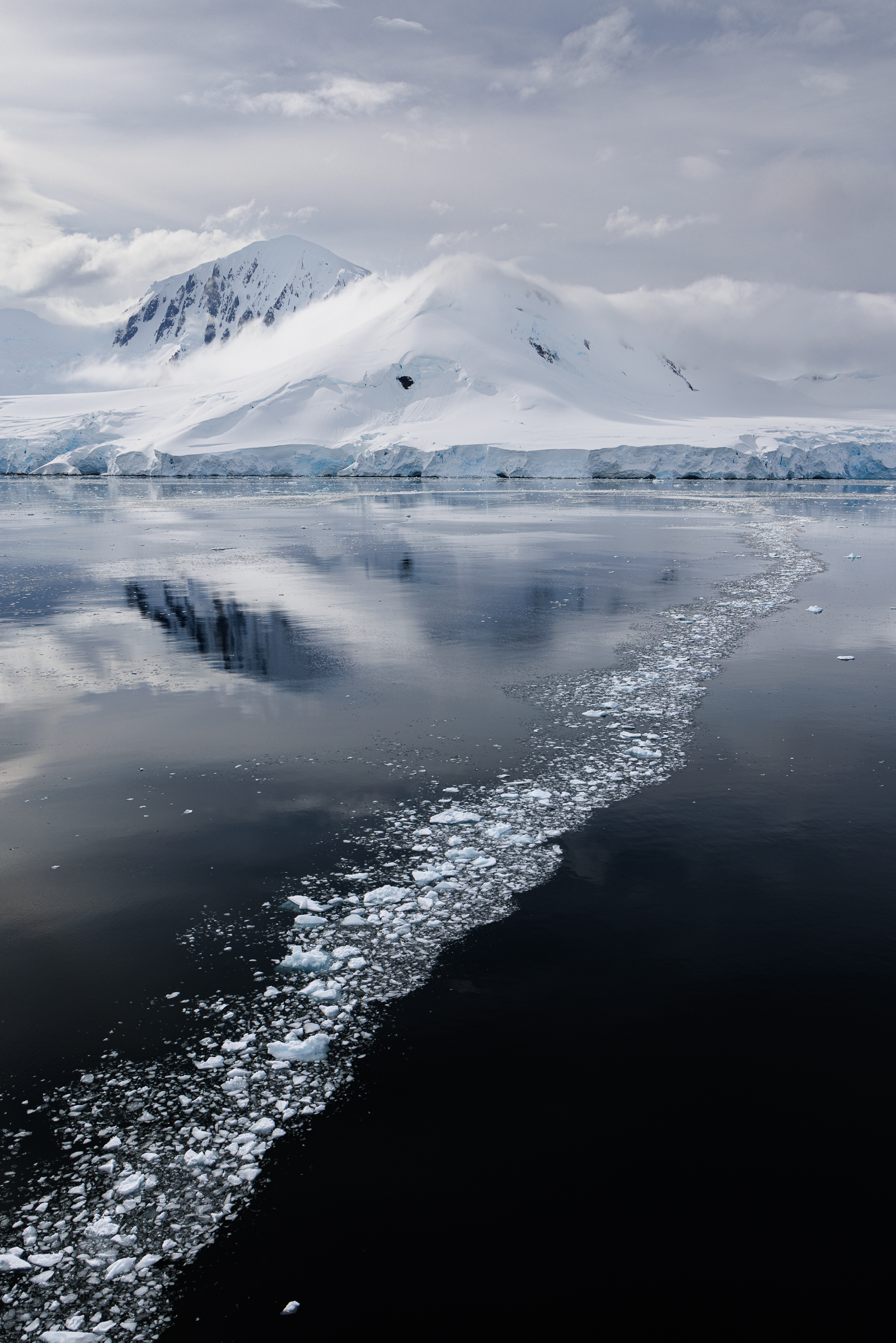
By being on the front of the ship, it was easy to observe what may be entering the frame. I noticed this long ribbon of ice shards in the water, which eventually entered my composition, leading up to the mountains in the background.
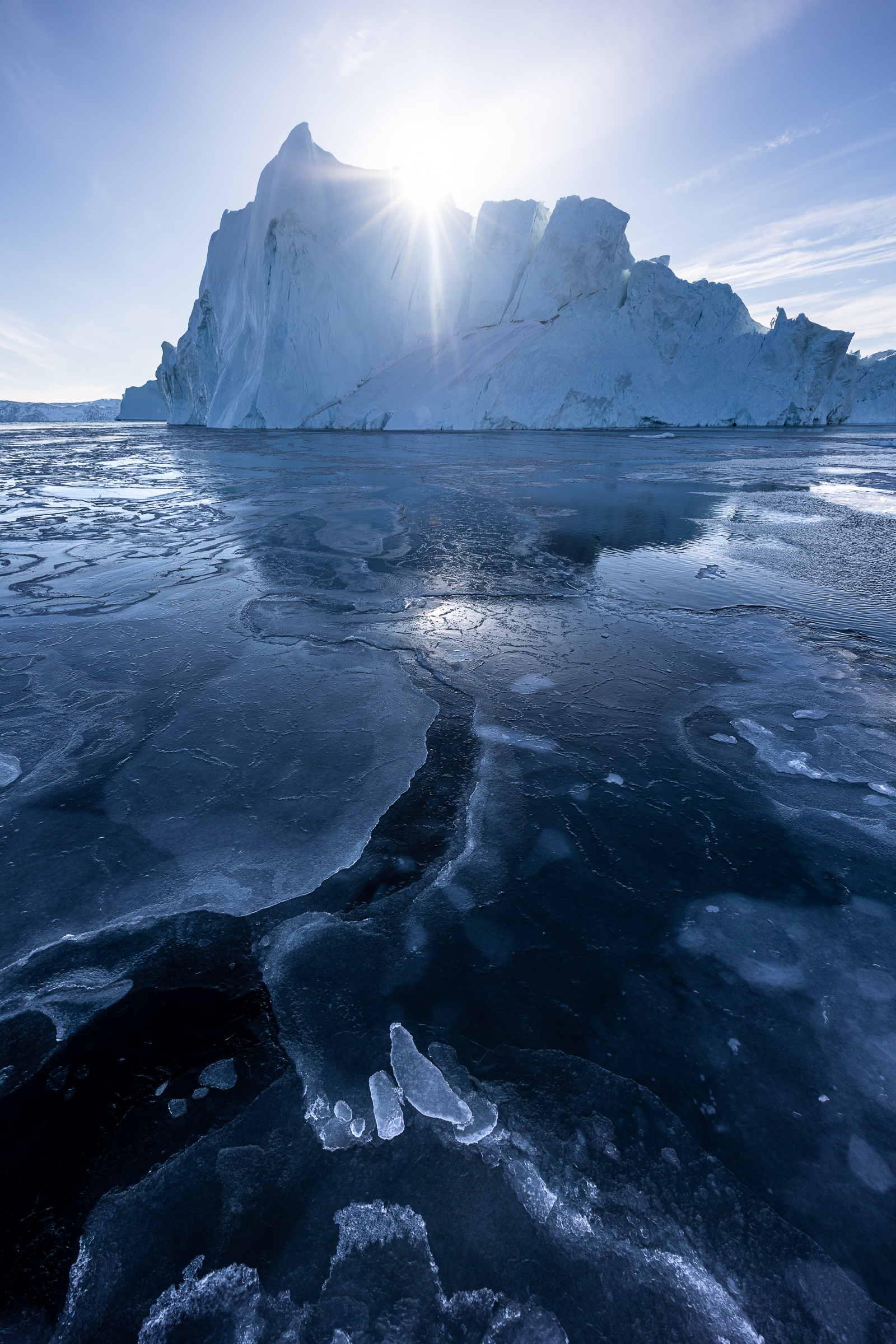
I held my wide-angle lens overboard, anticipating that one of the cracks in the thin sheet of ice would form a leading line towards the background.
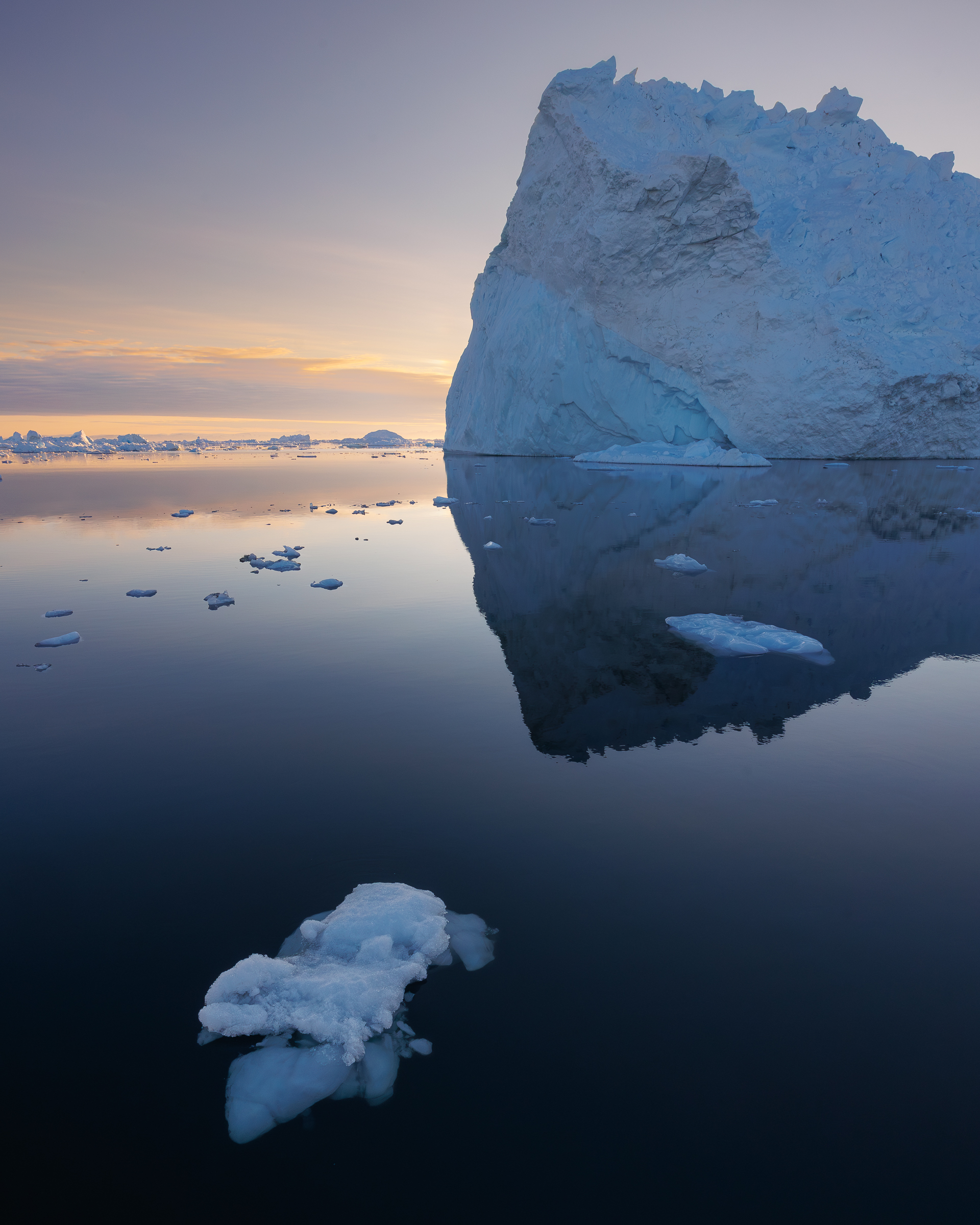
Again, by being in the front of the ship, I could see and anticipate the smaller icebergs which could add something to my composition.
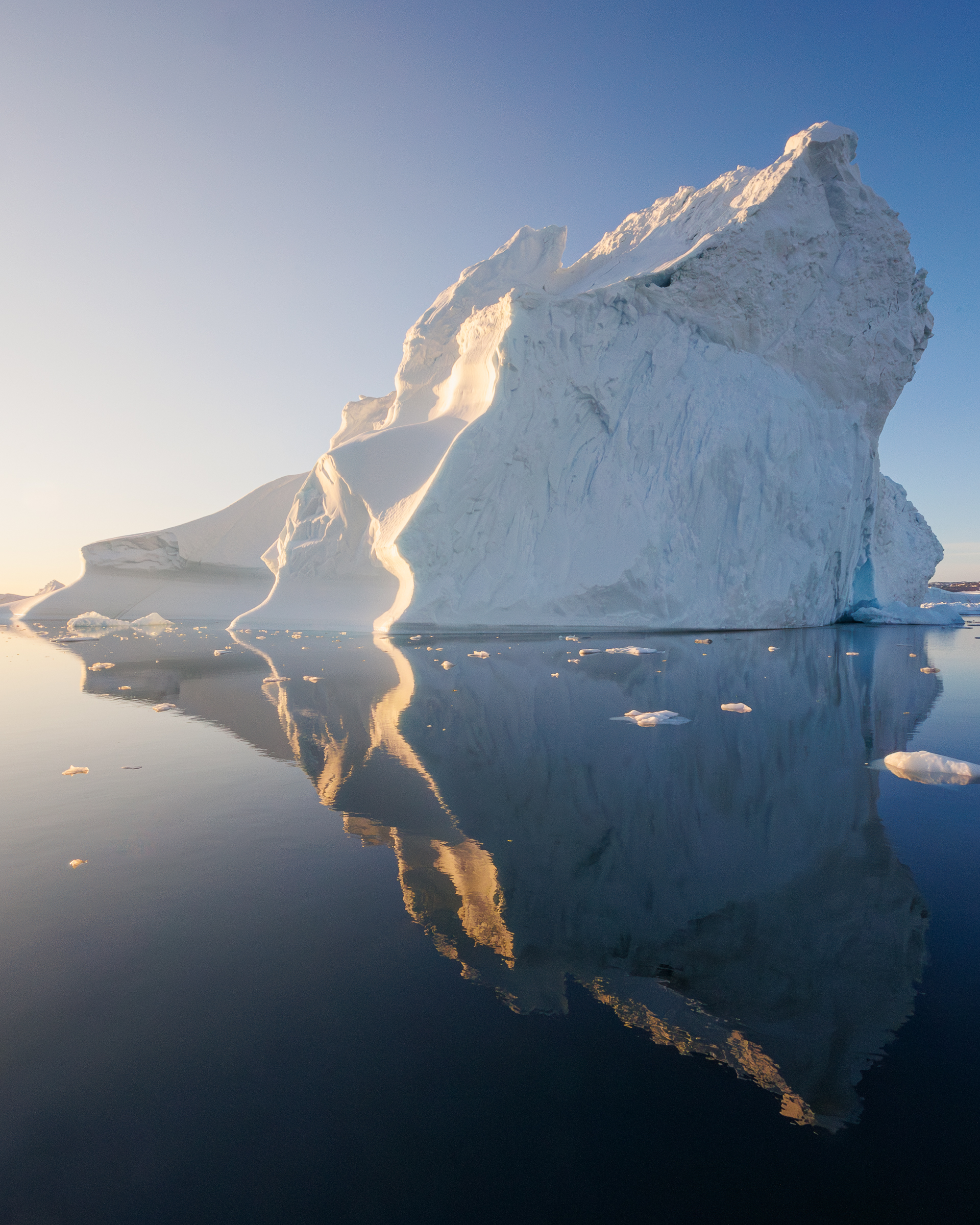
This is the same iceberg as in the previous photo. By observing how the shape of it changed as we circled around it, I could anticipate a new and better angle.
6. Think About Where You Are On The Boat Or Ship
On larger boats or expedition ships, it’s important to consider where you are shooting from in terms of height. While this doesn’t matter much for very distant subjects, it does matter if your subject is much closer. This is especially important when photographing wildlife such as whales.
There are a few things to be aware of when being higher on the vessel. It will, for example, become more challenging to add in a lot of sky and/or background into your composition. Secondly, you will create more space between different elements if they are closer to the vessel, which means you also create more space for water to fill the frame. This may or may not be desirable. Additionally, you essentially flatten the composition and remove depth from the image. Finally, being too high on the vessel could also create issues if you want something close to the water line to stand out, such as the fluke of a whale.
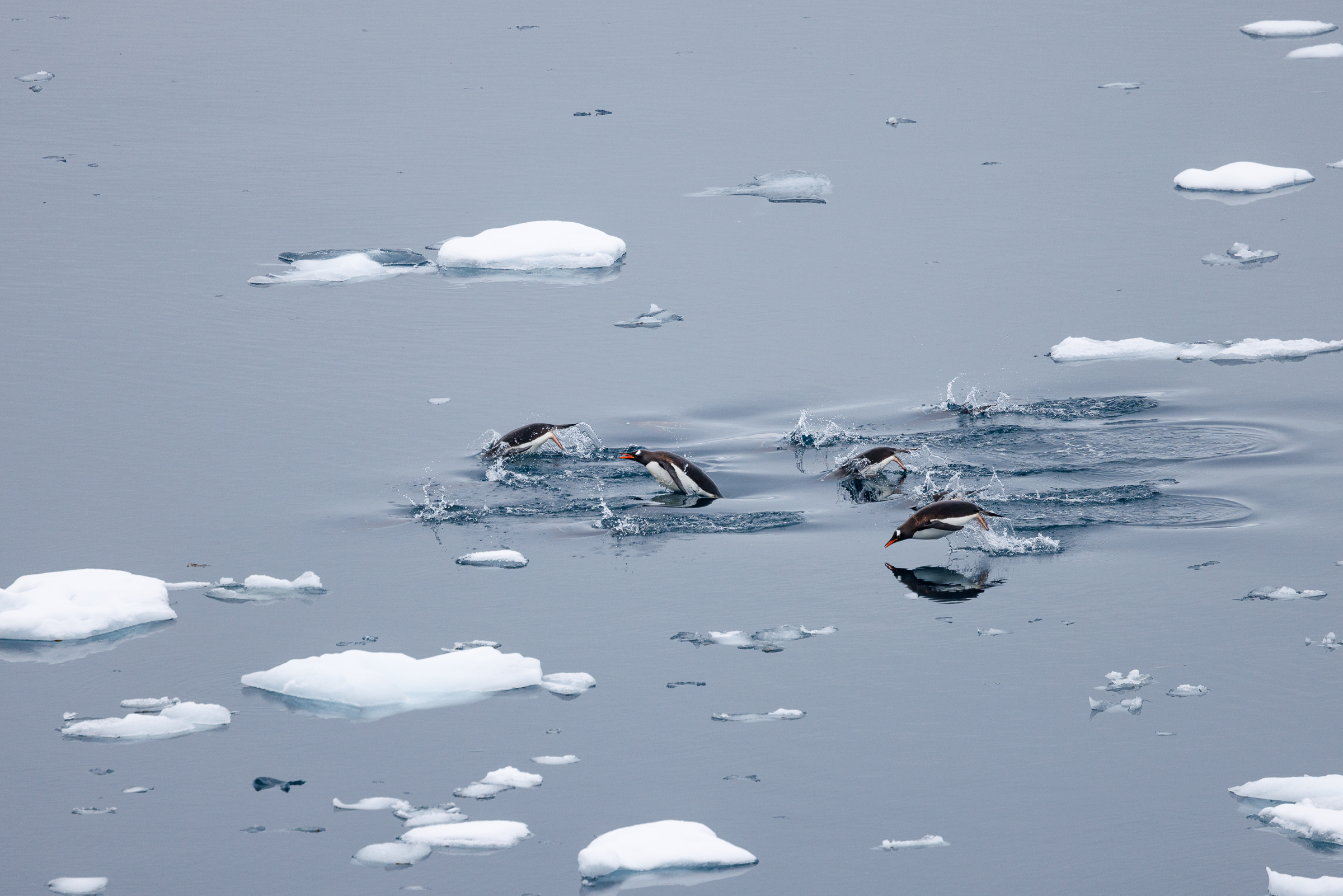
Sometimes it can be beneficial to get a higher vantage point. In the case of these penguins, which I photographed in Antarctica, the fact I had the higher view actually contributed to this shot. It allowed me to see the reflections and remove the distraction of a possible sky or background.
7. Taking Wide-Angle Photographs From A Boat
The tips above may seem largely focused on the use of a telephoto lens on a boat but they also apply to other lenses. While it highly depends on the size of the boat you are on (the smaller the better), and whether there is something of interest in the foreground, you can also use a wide-angle and even an ultra-wide-angle lens. You could hang over the side of the boat and tilt your lens downwards to enhance the foreground elements, which will be right next to the boat. In such cases, you should always do this towards the front of the boat to avoid the waves & ripples of the boat causing distracting distortions on the water surface.

Using a wide-angle lens on a boat isn’t always a good option, but if you hang overboard with your lens, you can really accentuate subjects and do something special.
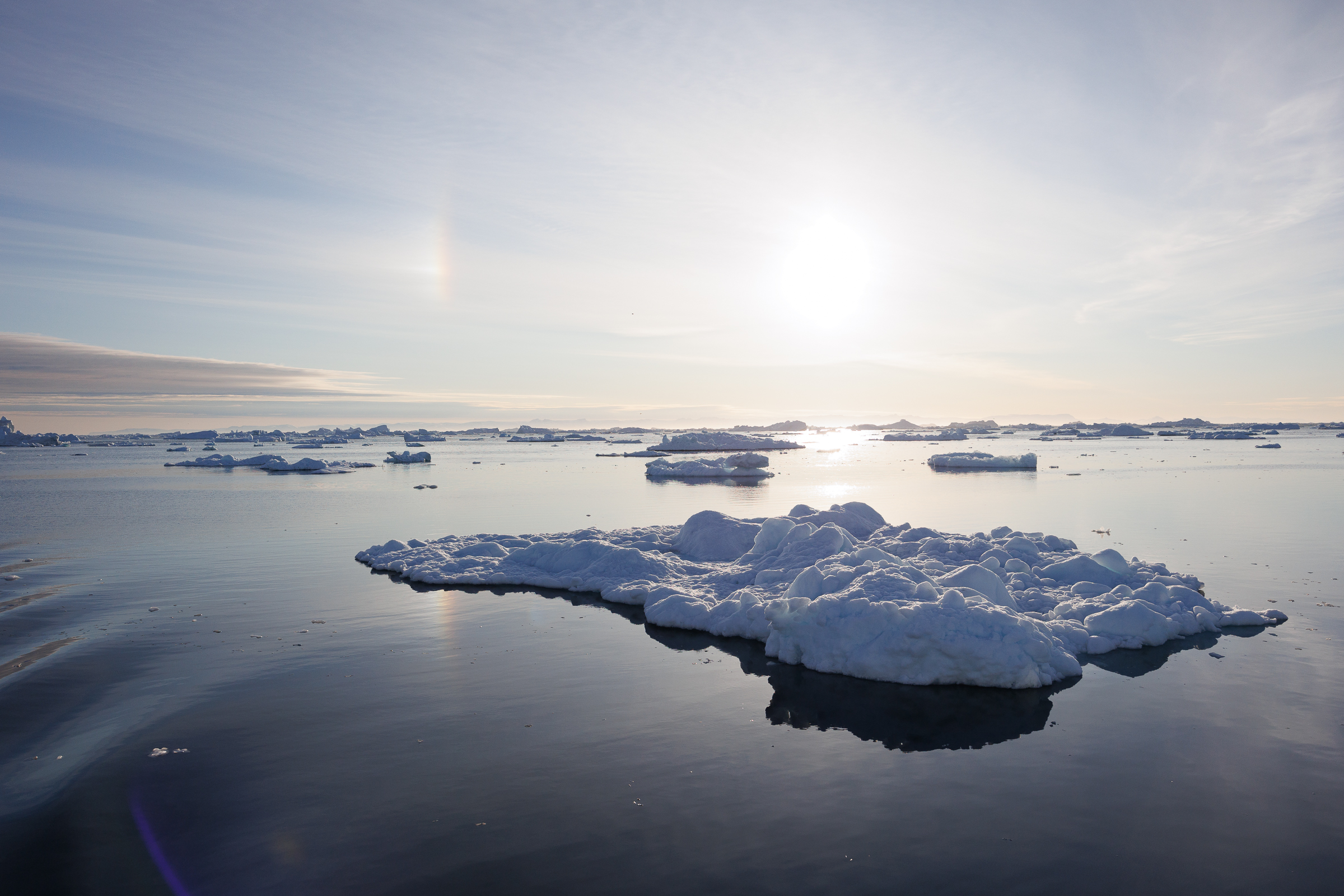
Because I wasn’t in the front of the boat, and used my wide-angle lens, I captured the wake of the boat in the frame.
Discover Jeroen’s Photo Workshops in Iceland, Greenland & Beyond
Ready to take your photography to the next level? Join me, Jeroen Van Nieuwenhove, on unforgettable photo workshops in Iceland, Greenland, Antarctica and other exciting destinations. Whether your passion is wildlife photography, bird photography, landscape adventures, or mastering drone photography, each workshop is designed to give you hands-on guidance in some of the world’s most spectacular locations.
From puffins in the midnight sun to Arctic foxes in the wild, from glaciers and volcanoes to dramatic coastlines seen by drone – these journeys are more than workshops; they’re once-in-a-lifetime experiences. Group sizes are kept small, ensuring personal mentoring and plenty of shooting opportunities.
Looking for something specific? Check out Jeroen’s…
- Wildlife & Bird Photography Workshops (Puffins, Arctic Foxes)
- Drone Photography Workshops
- Photo Workshops in Iceland
- Photo Workshops in Greenland
Spots are limited – secure your place today!
What Previous Participants Shared About Their Experience
These reviews are verifiable on Jeroen’s public Google Business profile.
Support Jeroen’s Work
As an independent photographer, Jeroen partially relies on your support to keep producing worthwhile content such as blogs, photographs, books and much more. If you want to support his work, it is possible to do so by buying his e-books & books or prints.
You can also sign up to the newsletter to stay up to date on new blog posts, projects, workshops and other interesting information.
Thank you for considering!

